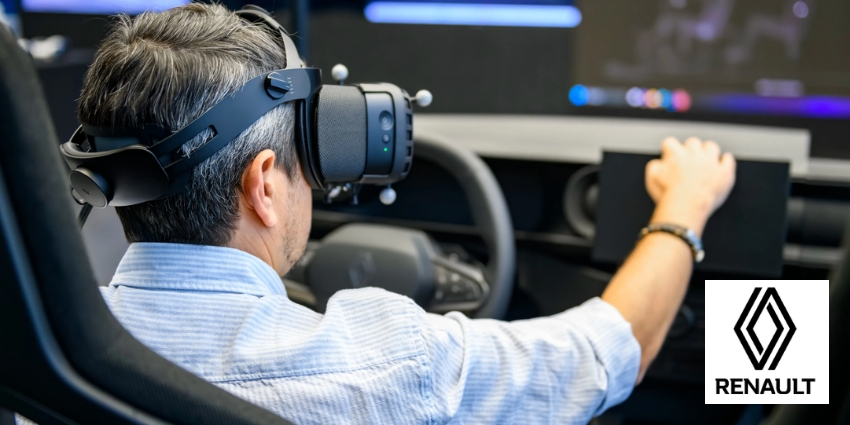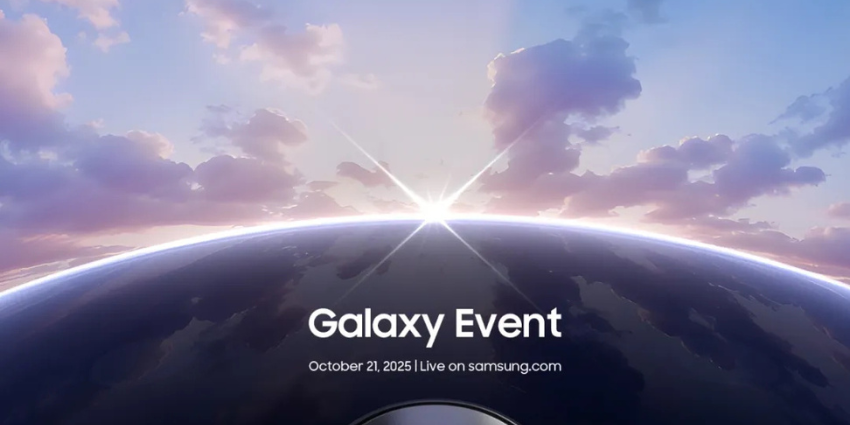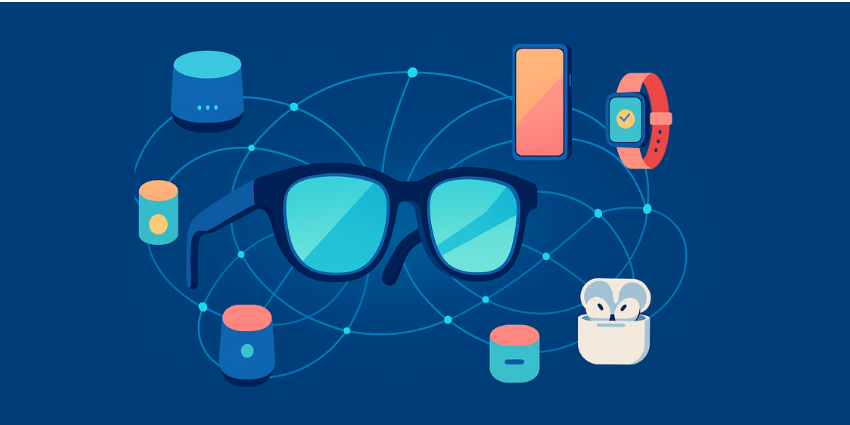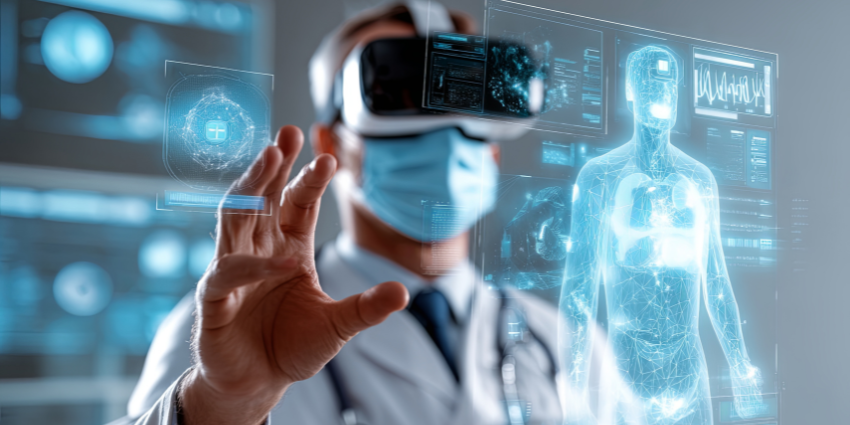The automotive industry has never shied away from extended reality. Renault Group’s Technocentre is one of those rare spots where sci-fi energy meets workflow. If you’re an innovation leader, a digital transformation strategist, or anyone shaping the next era of product development, what Renault is doing with XR deserves your full attention.
In the centre of its R&D universe, designers slip on headsets, reach into empty space, and start sculpting cars that don’t physically exist yet, but feel real enough to sit in. What used to demand clay, foam, warehouses, and weeks of iteration is now happening as a kind of self-dubbed ‘phygital’ choreography, where physical rigs merge with fully immersive digital vehicles.
In addition to improved efficiency, it’s a new language for designing complex products at speed. API Team Manager Karine Grulet shares some insight:
“In this studio, we quite literally step inside the car. We can touch, test and make decisions on every detail in real time. What’s truly exciting is that engineering is fully integrated into the process: designers and engineers collaborate closely, adjusting shapes and functionalities in parallel using the same technologies. It’s a genuine dialogue between creativity and technical feasibility, one that’s transforming the very way cars are conceived.”
Where Physical Meets Digital and Creativity Hits Warp Speed
Step inside Renault’s Virtual Reality Studio and you realise how far automotive design has travelled. Instead of staring at 2D screens, teams are moving around full-scale virtual cars projected inside an enormous mixed reality space. A physical steering wheel sits on a movable platform. Four real seats anchor your body in place. Everything else, including the cockpit, the surfaces, the lighting, even the emotional experience is rendered in XR.
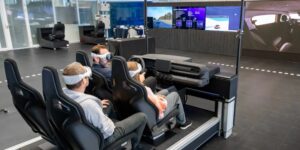 That blend is the magic. Designers aren’t just viewing models; they’re inhabiting them. They walk around a vehicle’s shape, lean into the dashboard, test the reach to controls, or examine visibility through virtual windows. The mind accepts it instantly because the virtual and physical are so precisely aligned.
That blend is the magic. Designers aren’t just viewing models; they’re inhabiting them. They walk around a vehicle’s shape, lean into the dashboard, test the reach to controls, or examine visibility through virtual windows. The mind accepts it instantly because the virtual and physical are so precisely aligned.
What’s wild is how this has changed Renault’s timelines. With everyone working inside the same environment, development cycles have been cut down to just two years. Design, engineering, UX, ergonomics – all those disciplines are synced in real time, whether someone is standing in Paris or thousands of miles away in New York or Sydney. Mixed reality has become a shared design language in a level of collective immersion that simply wasn’t possible before.
Meet DigyPHY: The Shape-Shifting Platform Behind Renault’s XR
If XR is the engine of Renault’s transformation, DigyPHY is the torque boost that makes it roar. Co-developed with Granstudio, this modular, reconfigurable platform adapts physically to whatever car interior the team wants to test. Sit in the rig, put on a headset, and suddenly you’re inside the cabin of a car that doesn’t exist outside an SSD.
Everything lines up: real seats beneath you, a real steering wheel in your hands, and a virtual dashboard floating perfectly into place. That precision unlocks a design workflow that’s as fast as it is fearless. Renault has already used DigyPHY to refine core elements — like the angle of the central display or the positioning of the B-pillar — in hours instead of the weeks conventional mock-ups required.
That shift isn’t just cost savings (though those are huge). It frees teams to iterate aggressively, test more ideas, and push creativity further because the overhead of physical prototyping isn’t holding them back. Laurent Wales, Digital Design Director shares:
“Seeing your hands on the steering wheel, touching a real screen, feeling physical elements respond, move and interact with you in virtual reality, it’s pure magic. It makes the design process both faster and more tangible.”
When XR Amplifies Human Talent
What strikes me most about Renault’s approach is that their XR ecosystem isn’t replacing designers. It’s amplifying them. Mixed reality is proving to speed up the transfer of ideas, sharpen decision-making, and build confidence into choices that used to be risky without a physical prototype. Wales continued,
“We’re aiming to make designers fully autonomous. They prepare their own files, launch their reviews and test their ideas without waiting. Technology should serve creative freedom.”
Design becomes a living, real-time conversation. Switch between concepts with a gesture. Compare interiors without rebuilding anything. Validate UX decisions with engineers instantly. The result is a workflow that feels less like a pipeline and more like a multiplayer creative space. Grulet added,
“Even in a hyper-digitalized environment, we preserve emotion, sensitivity and collaboration. What truly matters is bringing technology to life in a deeply human way.”
This is digital transformation at its best: not forcing people to adapt to tech, but letting tech unlock their potential.
Fuel for Thought
The more Renault leans into XR, the more the boundaries between imagination and industrial reality start to dissolve. The Technocentre is proving that the future of automotive design won’t be shaped by screens and static models, but by immersive, collaborative spaces where ideas become experiences instantly.
If the workplace is heading toward spatial computing as the default interface, Renault is already there — designing faster, smarter, and more creatively than ever before.
